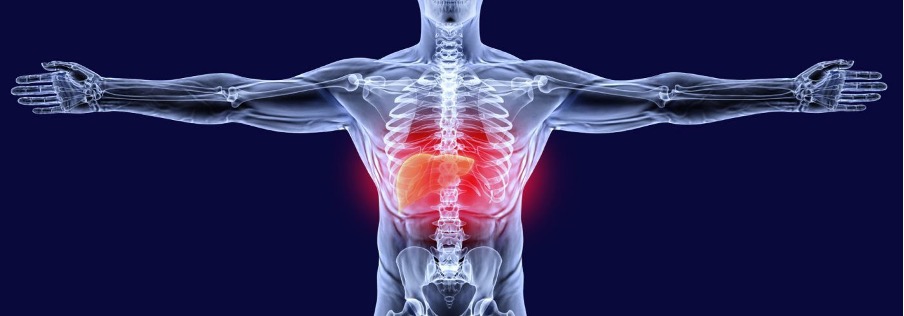In this article we highlight the importance of science in the fight against cancer, a disease for which 20 million new cases were diagnosed in 2022 and 9.7 million deaths worldwide,7 million deaths worldwide. This day seeks to raise awareness of the relevance of the scientific and scientific and technological advances that have made it possible have made it possible to develop more effective treatments and improve the quality of life of patients.
Cancer remains one of the leading causes of death, and although much progress has been made in its diagnosis and treatment , there is still a long way to go. Research is key to discovering new ways of prevention, detecting cancer in its earliest stages and finding more find more personalised and less invasive treatments.
In addition, International Cancer Research Day seeks to recognise the tireless work of scientists, doctors and health professionals who, through their daily efforts, help to give hope to those fighting this disease, contribute to giving hope to those fighting this disease. Investing in research not only saves lives, but also reduces the economic and emotional impact of cancer on society.
Oligonucleotides in the fight against cancer
Oligonucleotides (oligos) are revolutionising cancer treatment by offering innovative, targeted and personalised therapeutic solutions. One of the main advantages of oligos is their molecular precision, which allows them to exclusively target tumour cells without affecting healthy tissues, significantly reducing the common side effects of conventional treatments. Technologies such as antisense oligos and RNA interference (siRNA) are being used to silence specific genes, blocking the production of proteins that contribute to cancer development or metastasis.
This approach not only has the potential to improve therapeutic response rates, but also offers the possibility of developing treatments tailored to each patient’s particular genetic alterations, marking a significant advance towards precision medicine in oncology. Among the most prominent types of oligonucleotides are: Antisense oligonucleotides (ASOs):
- Mechanism: They bind to the target mRNA, forming duplexes that trigger RNA degradation and reduce gene expression.
- Advances: Three generations of ASOs improved in specificity, stability and resistance to enzymatic degradation.
RNA interference (RNAi):
- Types: Includes miRNA, siRNA, shRNA and bi-shRNA.
- Mechanism: Induces gene silencing by degradation of target mRNA using the RISC complex.
Aptamers:
- Mechanism: Binds with high affinity to proteins or small molecules.
- Advantages: High specificity, low immunogenicity, and efficient production.
DNAzymes:
- Mechanism: Catalyse the cleavage of mRNA in the presence of metalions, leading to RNA degradation.
Decoy of transcription factors (TFDs):
- Mechanism: Mimic binding sites for transcription factors, interfering with activation of genes involved in cancer.
CRISPR-Cas:
- Mechanism: Edits the genome precisely by cleaving DNA at specific sites.
- Advances: Enables genetic corrections and gene manipulation in cancer cells.

(In this paper review you can see the trials currently active in oligonucleotide cancer research)
The use of oligonucleotides in cancer treatment has marked a major shift in modern oncology, offering an alternative to traditional treatments such as chemotherapy. Unlike conventional cytotoxic drugs, which affect both cancerous and healthy cells, oligonucleotides allow more selective targeting of tumour cells, minimising side effects and improving treatment efficacy. Therefore, the development of more efficient delivery systems has been crucial to improve their clinical application and enhance their effectiveness in current clinical trials. These advances position oligonucleotides as a versatile and promising platform in the development of more precise and personalised cancer therapies.
Our partner ARTHEx Biotech is actively investigating cancer-associated cachexia, a complex metabolic syndrome that affects half of all cancer patients, with a prevalence of more than 80% in advanced cancer patients. Within the framework of the OLIGOFASTX project, ARTHEx’s work is focused on developing innovative treatments to counteract the devastating effects of cachexia, thus improving the response to therapies and prolonging the lives of those suffering from this complication.
This type of approach is not only improving survival rates, but is also reducing the side effects of traditional treatments such as chemotherapy and radiotherapy. With the help of biotechnology and gene therapies, the future of cancer research looks brighter than ever.
Sources:
Día mundial de la investigación en cáncer
Advancing cancer treatments: The role of oligonucleotide-based therapies in driving progress
Terapia antisentido en oncología: situación actual

 Español
Español
